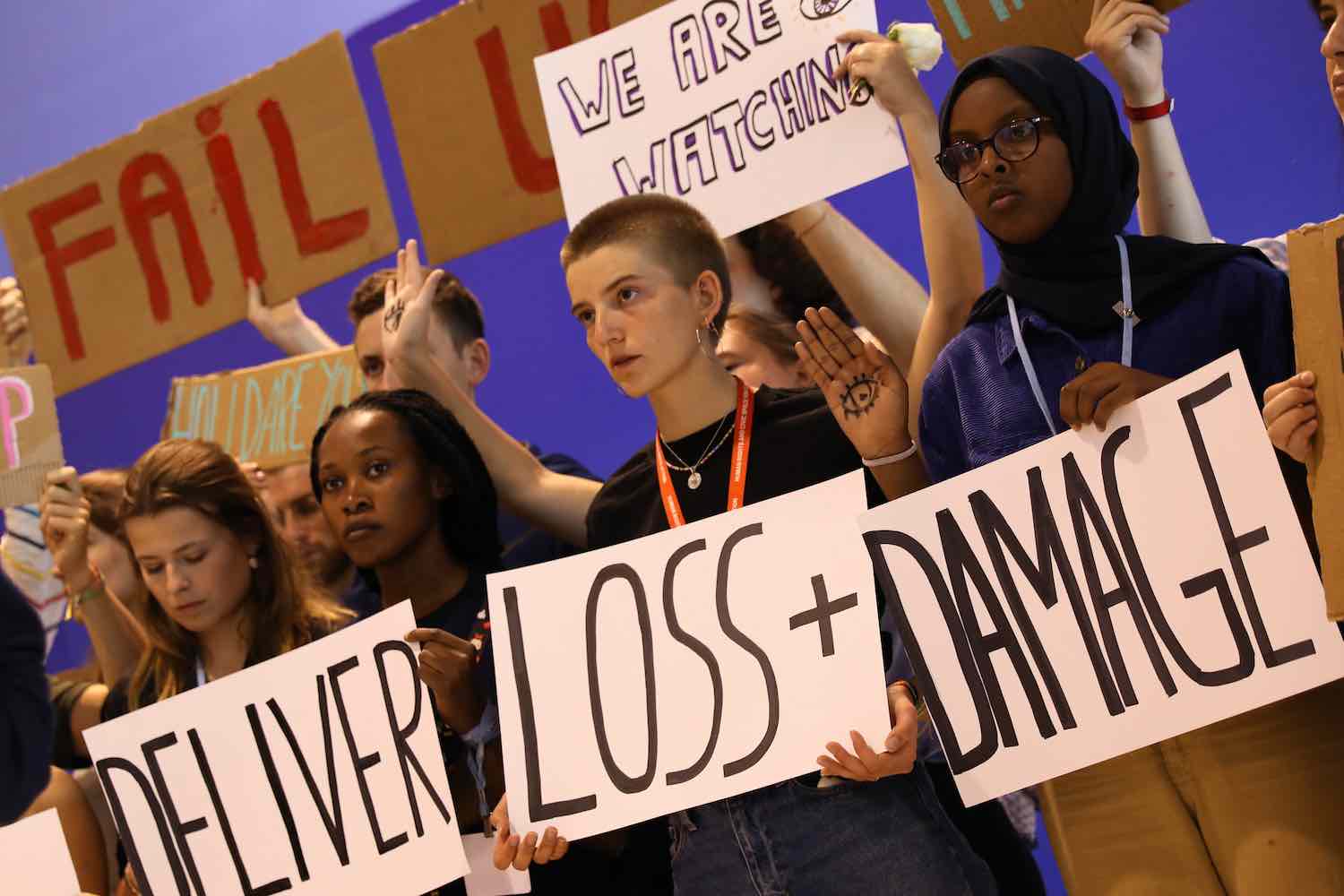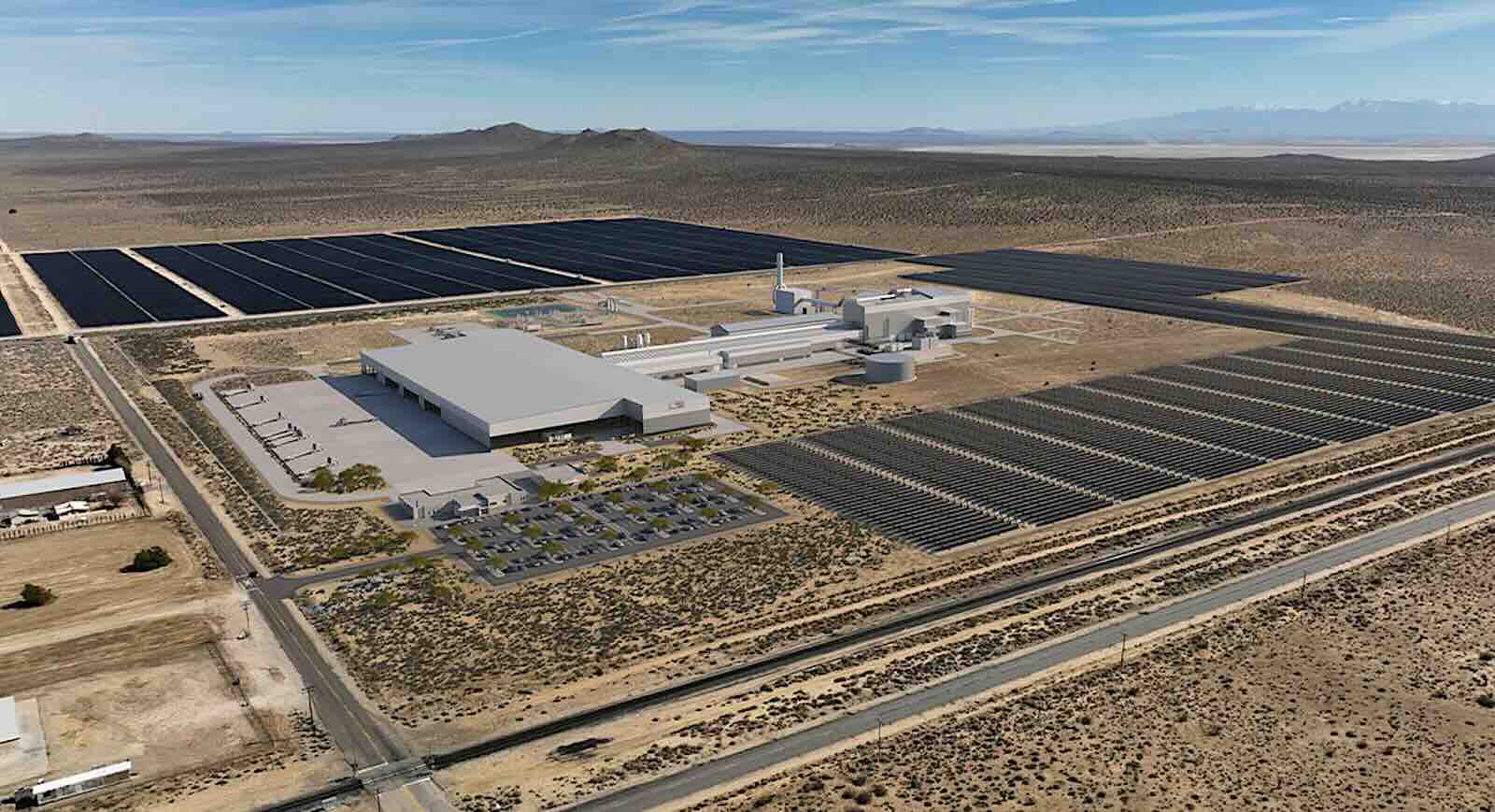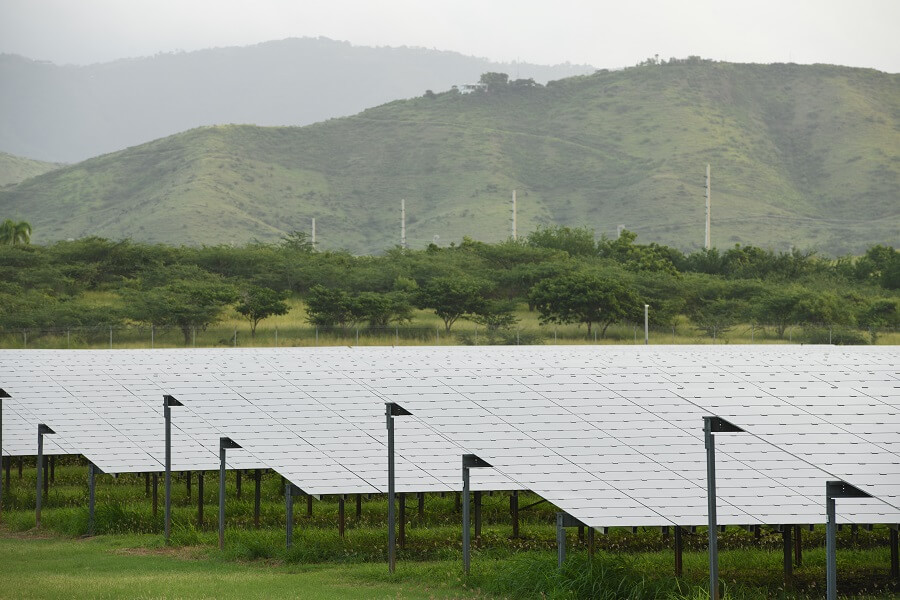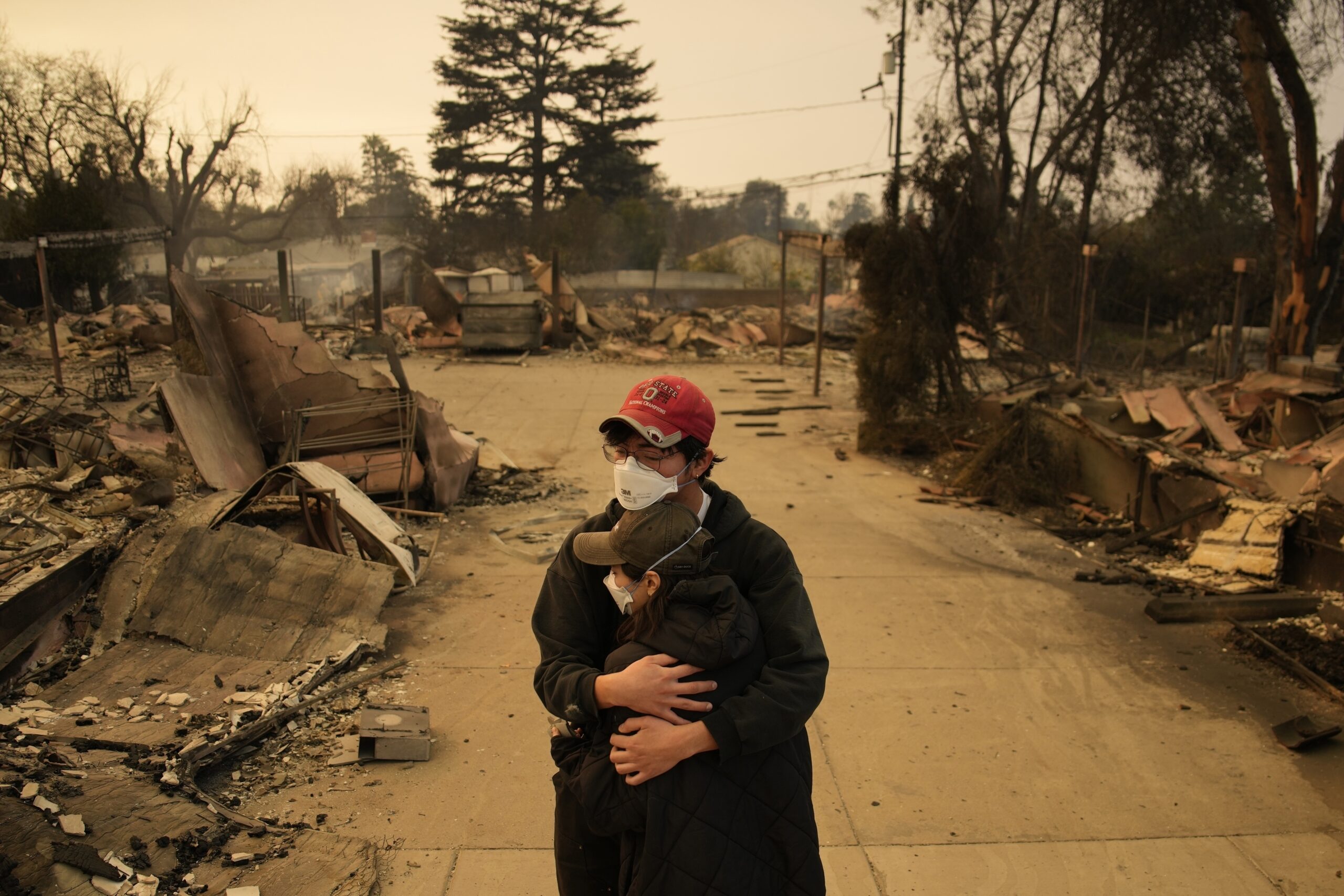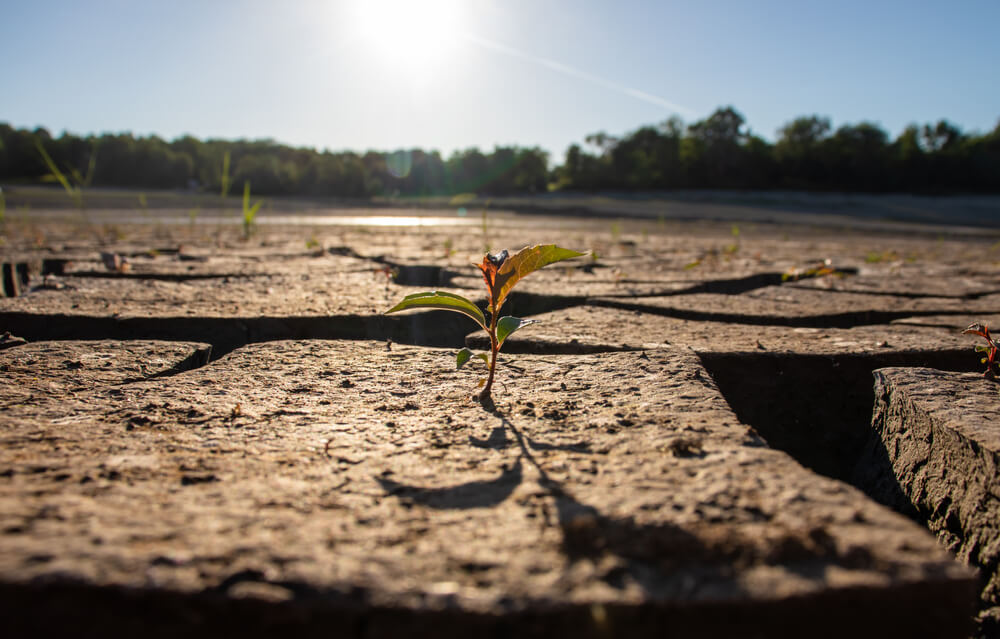ImpactAlpha, Nov. 21 – Exhausted negotiators from nearly 200 countries clinched a climate agreement in the wee hours Sunday as the two-week global climate summit came to a close. In: “Loss and damages” and a goal of keeping warming to 1.5 degrees. Out: More ambitious language calling for the phase out of fossil fuels or peaking emissions by 2025.
That progress was achieved at all at a somewhat chaotic COP taking place amid a war that has pushed energy security and domestic concerns to the forefront is itself a feat.
The agreement to create a loss and damages fund to help poor countries recover from devastating storms and droughts made worse by global warming was “a historic breakthrough,” Rachel Kyte of the Fletcher School at Tufts University told ImpactAlpha.
“In a year when climate losses mounted around the world, including in Pakistan, it was fitting that the whole of the developing world got behind and stayed behind the call of the most vulnerable countries for agreement in COP27.”
Yet in other areas, progress was stalled. Here are some highlights and what we’re watching:
Fossil fuel disconnect
Fossil fuel interests seized on the global energy crisis to make the case for a long-term role for oil and gas. More than 600 fossil fuel lobbyists flooded Sharm el-Sheik, the Red Sea resort where the summit was held.
Last year’s COP26 in Glasgow called for the phasing out of unabated coal. A majority of countries wanted to add oil and gas included to that language this year, along with a goal of peaking global emissions by 2025, which researchers say is necessary to keep warming in check.
Saudi Arabia and other oil producing nations managed to thwart that language. Instead, the text refers to a transition to “low-emission” sources, which could include gas. The result, tweeted the scientist Nick Cowern, is that “loss and damage costs will inevitably come to exceed the ability of ANY group of countries to pay them.”
“COP failed to sufficiently address the climate science which is now screaming at us,” said CarbonTracker’s Mark Campanale. The lack of a focus on phasing out fossil fuels “is self-defeating on a planetary scale,” said Kyte.
Shared future
The issue of loss and damages, or climate reparations, highlighted a deep divide going into COP27 between wealthy nations that have profited from two centuries of fossil fuel-powered development, and emerging markets that have contributed little to global emissions yet are increasingly battered by climate havoc.
Leaders from Pakistan, Africa and small island nations pushed for the issue to be taken up by negotiators this year. The U.S. and other wealthy nations do not want to open themselves up to unlimited damages. The disastrous floods in Pakistan this summer that washed over a third of the country caused at least $30 billion in damages. The 20 most climate-vulnerable countries have lost a total of $525 billion to climate impacts since 2000, roughly 20% of their GDP.
The final agreement calls for the creation of a loss and damages fund, with details worked out over the next year ahead of COP28 in the United Arab Emirates. Sherry Rehman, Pakistan’s climate minister, called it “a down payment on the longer investment in our joint futures.”
The final outcome remains to be seen. Wealthy nations have not made good on earlier funding promises, including $100 billion a year promised in 2015 to help emerging and developing countries mitigate and adapt to climate change. One questions is whether China, officially a “developing” nation, will contribute to the fund.
“What we have is an empty bucket,” said Power Shift Africa’s Mohamed Adow. “Now we need to fill it so that support can flow to the most impacted people suffering right now at the hands of the climate crisis.”
Still, the agreement smoothed over simmering tensions between rich and poor nations. “Clearly this will not be enough,” said the UN’s António Guterres, “but it is a much-needed political signal to rebuild broken trust.”
Power Shift Africa’s Adow added: “It just shows that this UN process can achieve results, and that the world can recognise the plight of the vulnerable must not be treated as a political football.”
#WTF
The question hanging over nearly every consequential issue at COP is where the money will come from. Funding developed and developing countries’ energy transitions, helping communities adapt to the here-and-now impacts of climate change, and paying for the devastating losses of extreme weather will cost trillions of dollars annually.
In case anyone lost sight of that challenge, COP27 delegates took to wearing buttons that read, #WTF, for “Where’s the Finance?”
With developed nations hemmed in by domestic politics, energy concerns and a looming recession, the focus is on getting creative. Under consideration: new insurance schemes, development finance reform, carbon markets and public-private partnerships aimed at speeding energy transitions.
Insurance
At COP27, G7 countries and a group of vulnerable nations launched the Global Shield against Climate Risks, an initiative aimed at quickly deploying financial support in the event of climate disasters. Most of the 1.5 billion people in “V20” countries lack financial protection. The Global Shield initiative would insure households and businesses against loss of livelihood, livestock and crops, property, business interruption and other challenges.
Germany seeded the program with € 170 million.
Just Energy Transition
New models, such as the Just Energy Transition Partnerships detailed for South Africa and Indonesia at COP27, offer new approaches to financing countries’ energy transitions and avoiding the “lock-in” of coal and other fossil fuel for decades to come.
The $20 billion for Indonesia would combine funding from wealthy nations and the private sector to help the archipelago shutter coal plants, transition workers and end fossil fuel subsidies.
The JETP model holds promise, but challenges abound. JETPs are tailored to the needs of specific countries, creating what E3G analyst Nick Maby calls a “bespoke soup.” Early retirement of long-lived coal plants can avoid some of the dirtiest energy emissions, but not until years 2040 or later. Emissions in the power sector need to fall in this decade to keep warming to 1.5°C.
The models must be “implemented in the most ambitious way, and enhanced over time,” noted ClimateTracker.



